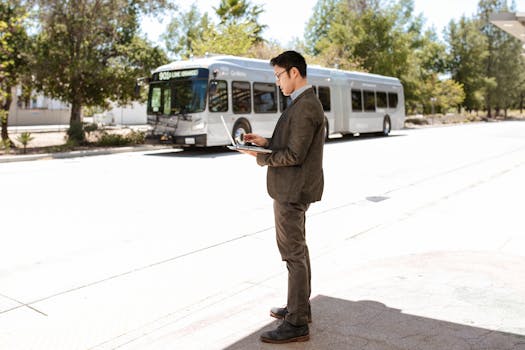Urban Green Spaces: The Future of Outdoor Living in European Cities by 2025
Urban Green Spaces are becoming increasingly important in European cities as they provide a sustainable solution for outdoor living. With the increasing urbanization and climate change, cities are looking for ways to create green spaces that not only provide recreational areas for citizens but also help to mitigate the effects of climate change.
Introduction to Urban Green Spaces
Urban Green Spaces refer to the areas in cities that are covered with vegetation, such as parks, gardens, and green roofs. These spaces are crucial for maintaining the quality of life in cities as they provide a range of benefits, including air purification, noise reduction, and heat island mitigation. In addition, urban green spaces also provide recreational areas for citizens, which is essential for their physical and mental health.
Benefits of Urban Green Spaces
There are numerous benefits of urban green spaces, including:
- Air Purification: Urban green spaces help to purify the air by removing pollutants and particulate matter, which is essential for maintaining good air quality.
- Noise Reduction: Green spaces can act as a barrier to reduce noise pollution, which is a major problem in urban areas.
- Heat Island Mitigation: Urban green spaces can help to mitigate the urban heat island effect by providing shade and cooling the air through evapotranspiration.
- Recreational Areas: Urban green spaces provide recreational areas for citizens, which is essential for their physical and mental health.
- Climate Change Mitigation: Urban green spaces can help to mitigate the effects of climate change by absorbing carbon dioxide and producing oxygen.
Examples of Urban Green Spaces in European Cities
There are many examples of urban green spaces in European cities, including:
- Hyde Park in London: One of the largest urban parks in Europe, providing recreational areas for citizens and helping to mitigate the effects of climate change.
- Parc du Champ de Mars in Paris: A large urban park in the heart of Paris, providing a green space for citizens to relax and enjoy the outdoors.
- Vondelpark in Amsterdam: A large urban park in Amsterdam, providing a range of recreational activities, including walking, cycling, and picnicking.
Challenges and Opportunities for Urban Green Spaces
Despite the benefits of urban green spaces, there are also challenges and opportunities that need to be addressed, including:
- Urbanization: The increasing urbanization of European cities is putting pressure on urban green spaces, which are being converted into built-up areas.
- Climate Change: Climate change is affecting urban green spaces, with rising temperatures and changing precipitation patterns impacting the health and resilience of urban ecosystems.
- Funding: Urban green spaces require funding to maintain and manage, which can be a challenge for cities with limited budgets.
- Community Engagement: Urban green spaces require community engagement to ensure that they are used and maintained effectively.
Conclusion
In conclusion, urban green spaces are becoming increasingly important in European cities as they provide a sustainable solution for outdoor living. With the increasing urbanization and climate change, cities are looking for ways to create green spaces that not only provide recreational areas for citizens but also help to mitigate the effects of climate change. By understanding the benefits and challenges of urban green spaces, cities can work towards creating more sustainable and livable urban environments.



